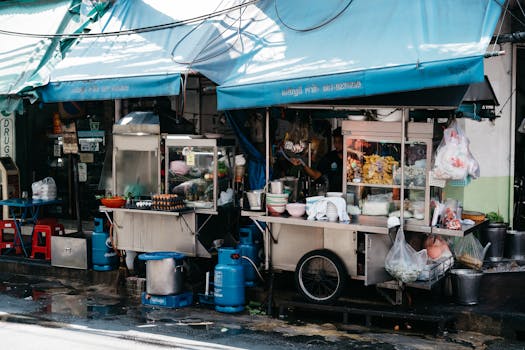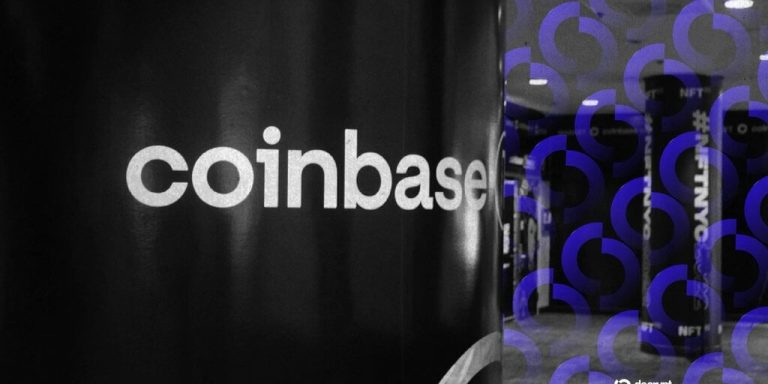
Culinary Adventures: Exploring Europe’s Food Scene in 2025
Culinary Adventures: Exploring Europe’s Food Scene in 2025 is an exciting journey that will take you through the diverse and vibrant food scene of the continent. Europe is home to a wide range of cuisines, each with its own unique flavors, ingredients, and cooking techniques. From the rich pasta dishes of Italy to the delicate pastries of France, and from the hearty meat stews of Germany to the fresh seafood of Spain, there’s something for every palate and preference.
Introduction to European Cuisine
European cuisine is a reflection of the continent’s history, culture, and geography. The different regions of Europe have developed their own distinct culinary traditions, shaped by factors such as climate, trade, and migration. The Mediterranean diet, for example, is characterized by the use of olive oil, garlic, and lemon, while the cuisine of Northern Europe is often heartier and more reliant on meat and potatoes.
Culinary Hotspots in Europe
There are many culinary hotspots in Europe that are worth visiting. Some of the most popular destinations include:
- Italy: Known for its pasta dishes, pizza, and gelato, Italy is a food lover’s paradise. Must-try dishes include spaghetti carbonara, pizza margherita, and tiramisu.
- France: Famous for its haute cuisine, France is home to some of the world’s most renowned restaurants and chefs. Popular dishes include escargots, ratatouille, and crème brûlée.
- Spain: With its rich culinary tradition, Spain is a great destination for foodies. Be sure to try paella, tapas, and gazpacho.
- Greece: Greek cuisine is all about fresh ingredients, herbs, and spices. Must-try dishes include gyro, moussaka, and Greek salad.
Modern European Cuisine
In recent years, European cuisine has undergone a significant transformation, with many chefs and restaurants embracing modern and innovative techniques. Some of the key trends in modern European cuisine include:
- Farm-to-table: Many restaurants are now focusing on using locally sourced and sustainable ingredients, often with a emphasis on organic and seasonal produce.
- Molecular gastronomy: This style of cooking uses science and experimentation to create unique and innovative dishes.
- Food trucks: Food trucks have become increasingly popular in Europe, offering a wide range of street food options, from traditional dishes to modern fusion cuisine.
Conclusion
Culinary Adventures: Exploring Europe’s Food Scene in 2025 is a journey that will take you on a culinary tour of the continent, exploring the diverse and vibrant food scene that Europe has to offer. From traditional dishes to modern twists, there’s something for every palate and preference. Whether you’re a foodie, a chef, or just someone who loves to eat, Europe is a must-visit destination for anyone who loves food.





